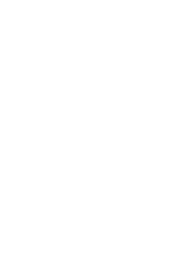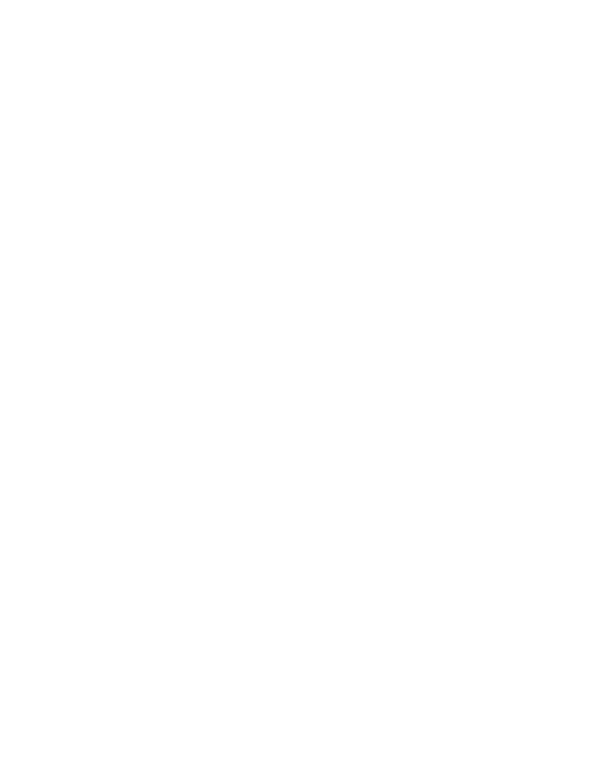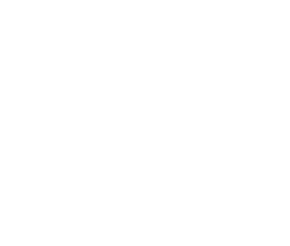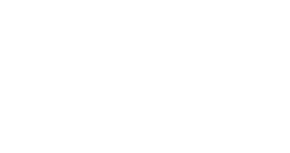 |
 |
 |

|
Philippe SAMYN and PARTNERS architects & engineers, LEAD and DESIGN PARTNER.
© Marie-Françoise Plissart
53.815 sqm superstructure (including 9.271 sqm conference
rooms, 27.163 sqm offices, 3.370 sqm pressroom
and 8.375 sqm ceremonial rooms and restaurants);
17.184 sqm infrastructure (including a 145 cars parking)
2005 - 2016; (01/494).
Asbestos removal started in January 2008.
Demolition and infrastructure works started in May 2008.
Project on schedule and at final design stade.
Final building permit granted in April 2008.
Final bidding document for fall 2008
End of the works: December 2016.
Philippe SAMYN and PARTNERS sprl, architects &
engineers: Lead and Design Partner, For Philippe SAMYN
and PARTNERS architects & engineers, Studio Valle Progettazioni architects,
Buro Happold Limited engineers
colours: Georges Meurant
Philippe SAMYN and PARTNERS architects
1537, Chaussée de Waterloo
B-1180 Brussels, Belgium
https://samynandpartners.com
|
|
 |
EUROPEAN COUNCIL and COUNCIL of the EUROPEAN UNION
Philippe SAMYN and PARTNERS architects & engineers, Studio Valle Progettazioni architects, Buro Happold Limited engineers Philippe SAMYN and PARTNERS sprl, architects & engineers: Lead and Design Partner
As a consequence of 2004 European enlargement, the Justus Lipsius building becomes too small for the Council of the European Union1 (hereafter named the Council).
According to the treaty of Nice, adopted in 2001, all European Council2 sessions are held in Brussels, which also generates new real estate needs. In order to respond to those, the Belgian State offered the Council to cede block A from the complex “Residence Palace” to make it the future seat of both the European Council and the Council, once this building renovated and adapted to its future owners’ needs.
|

|
Posted 19 June 2017
|
Share this:
|
|
In other words, the Residence Palace needs to be reorganized to accommodate European Council’s quarterly sessions and EU Council’s bi-weekly ones, as well as other important conferences. It must also include rooms for the Presidency and other high level leaders, rooms for Member States delegates and the General Secretary of the Council, as well as international press representatives.
|
|
|
|
|
|
|

Philippe SAMYN and PARTNERS architects & engineers, LEAD and DESIGN PARTNER.
With Studio Valle Progettazioni architects, Buro Happold Limited engineers.
© Polygon graphics cvba - Stijn Stragier
|
|
|
|
|

|

|

|

EUROPEAN COUNCIL and COUNCIL of the EUROPEAN UNION
Philippe SAMYN and PARTNERS architects & engineers, LEAD and DESIGN PARTNER.
With Studio Valle Progettazioni architects, Buro Happold Limited engineers.
|
|
An extension with a new facade was built in the years ’60, behind the original building in front of the rue de la Loi - Wetstraat. Later in the years ’80, the Eastern wing is demolished in order to erect the Justus Lipsius building, current seat of the Council. The original facades, as well as the entrance halls and the corridors on the ground floor are today listed as part of the Belgian cultural heritage. According to urban planning regulations, the building is extended on the North-East side by two new facades to transform its current “L” shape into a “cube”. This outer area is converted into a glass atrium protecting from the urban dust. It covers the principal entrance as well as a new lantern-shaped volume incorporating the conference rooms.
The shape of this volume follows the minimal required surface for each type of room, as for example the press room (level +1), the smallest 50-persons dining room (level +11), the largest meeting room enabling 250 persons meetings (level +5), other meeting rooms (level +3, +7) and finally the largest dining room for official diners (level +9). Each level of this volume has an elliptic plan with different dimensions but the same centre and the same principal axis.
|
|
|
|
|

|

|

|

© Polygon graphics cvba - Stijn Stragier
|
|
The structure of this object is rigorously symmetrical although it does not appear so.
The new double facade, made of a harmonised patchwork of re used old oak windows with simple crystal like single glazing (from the different European countries) provides the necessary acoustic barrier from the traffic noise of the Rue de la Loi - Wetstraat and it also offers a first thermal insulation for the inner space.
Indeed, following to UE recommendations about energy savings, many old buildings across Europe will change their window frames for double glazing in the next few years. In the context of a sustainable development approach, it is decided to restore some of those millions of old though still efficient window frames, and re-use them in this project.
This new façade will be both a practical and philosophical statement about the re-use of these traditional constructions elements, expressing the European diversity of cultures.
Moreover, the council wishes this building to be from all points of view an example as far as sustainable development is concerned. This wish is displayed in many aspects of the architectural and technical design. As an example, an umbrella of photovoltaic panels for the electricity production covers both the new and the historical parts, which symbolizes also the link between the present, the past and the future.
Council of the European Union
Conseil de l'Union européenne
Rue de la Loi 175, 1048 Bruxelles
http://www.consilium.europa.eu
|
|
|
|
|
|
|
|
|
|


